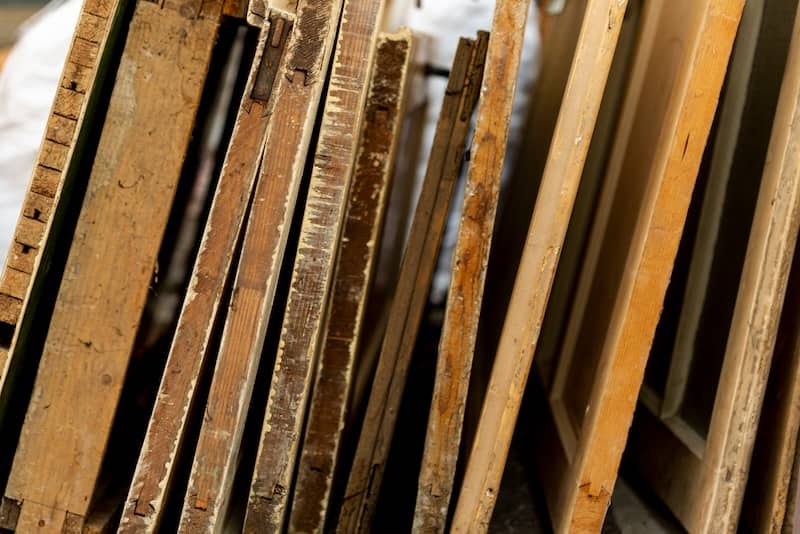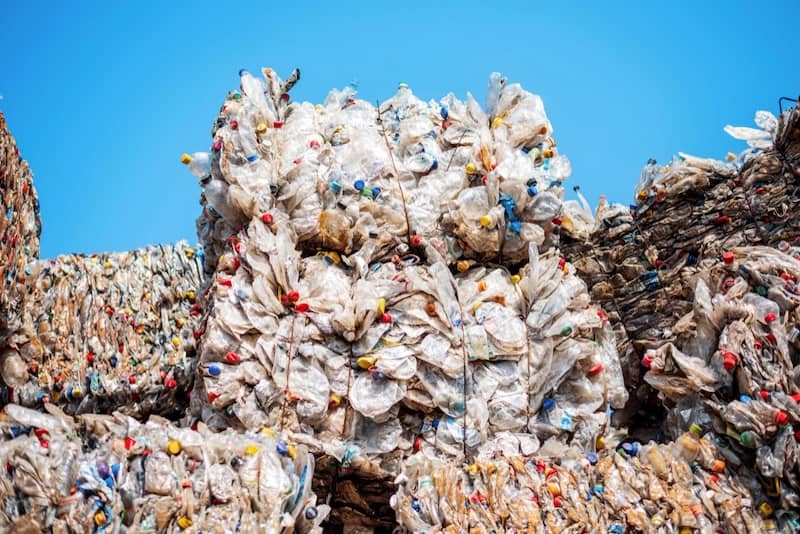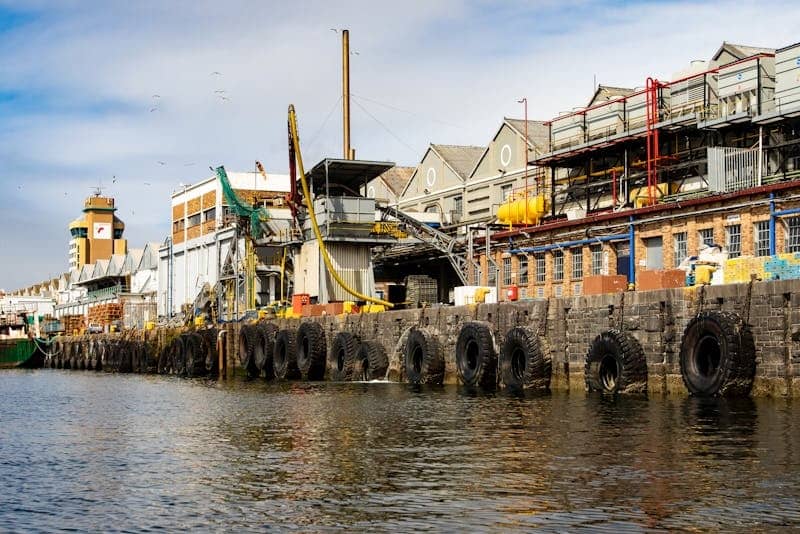Celebrated on the third Saturday in March each year, International Sports Car Racing Day corresponds with the 12 Hours of Sebring race in Sebring, Florida. This endurance race brings drivers and spectators from all over the United States to hear the roar of the engines and watch the cars jockey for first place. While the exact origins of the official holiday are unknown, the purpose is clear – to celebrate and enjoy the great sport of car racing that takes place year-round all over the world.
Environmental Hazards
In the middle of a NASCAR race, the timing and length of every pit stop can have a profound impact on the outcome of the race. Unfortunately, every driver needs to stop for fuel and a fresh set of tires multiple times, depending on the length of the race. These high horsepower, low fuel economy cars produce a lot of greenhouse gases with each lap of the track. In addition to air pollution, racing also produces ground pollution in the form of hundreds of waste tires at each event. Car racing has a high carbon footprint.
Fortunately, NASCAR long ago recognized the impact that racing was having on the environment, both in car emissions and in discarded tires. Six hundred tires weighing about 20 pounds each are spent by the end of each race, and there are roughly 40 races in a season. These statistics show that nearly 500,000 pounds of rubber tire waste are produced in one racing season. NASCAR quickly recognized that these numbers were a problem worth solving.
Mitigation Strategies
In response to growing concerns about car racing’s environmental impact, NASCAR introduced several initiatives aimed at countering and reducing their carbon and rubber waste production. Collectively known as NASCAR Green, these strategies specifically target air pollution and recycling.
Car Emissions
Sports cars and race cars have powerful engines that burn fuel at a much higher rate than your average daily driver, especially when driving at racetrack speeds. While fuel efficiency has improved over the past several decades, there is no way to bypass the laws of physics. Simply stated, you must put energy in to get energy out. In this case, to make the car race fast, you must put in a lot of fuel. The byproduct of all of this burning is carbon dioxide and other greenhouse gases.
To counteract the vast amount of carbon being pumped into the air by these cars, NASCAR plants hundreds of trees each year. They are also trying to be part of the solution by contributing to research into alternative fuels. Hopefully, in the future, the cars will run on a cleaner-burning alternative.
Racetrack Waste
In 2013, Liberty Tire Recycling announced it would be partnering with NASCAR Green to recycle the hundreds of thousands of pounds of waste rubber produced by racing tires each year. The premiere waste tire recycling plant in the United States, Liberty is located in North Carolina and recycles over 140 million tires annually.
After a race like the 12 Hours of Sebring, all the spent tires are collected and loaded on trucks bound for Liberty’s recycling facility. At the plant, the tires are all run through a primary tire shredder. The resulting rubber shreds are shipped to a variety of facilities for further processing. Each processing plant is outfitted with specialized recycling equipment to produce different end products. Using a unique barcode system, Liberty is able to track every tire from the racetrack to its end destination. The whole process turns hundreds of thousands of pounds of rubber waste into useable consumer and construction products.
The End Game
In the end, most of the Goodyear tires that meet their end on a NASCAR racetrack find their way into one of three products: crumb rubber, tire-derived fuel (TDF), and rubber mulch.
- Crumb Rubber – An extremely clean end product, crumb rubber consists of 40 mesh or 3/8” particles of rubber with 99 percent of the wire and fabric removed. Thus, it can be used in manufacturing new products from recycled rubber. Crumb rubber is used in walking trails, floor mats, artificial turf, or mixed with asphalt to become rubberized pavement. It still remains to be seen whether rubberized pavement would make a suitable track for cars to drive on, but it has been a considerable success on highways and neighborhood streets. The added elasticity from the rubber cuts back on the number of potholes that develop and gives the asphalt a longer lifespan than asphalt alone.
- TDF – Knowing how toxic tire fires can be, it may sound counter-intuitive to used old rubber as a fuel source. However, research has shown that the leftover rubber in tires can be mixed with wood or coal to produce a fuel source that burns hotter and cleaner than fossil fuel sources. Used mainly in concrete kilns and paper mills, TDF is what most of the recycled rubber in the United States eventually becomes.
- Rubber Mulch – This type of mulch has been around for many years as ground cover on playgrounds and residential settings. Unlike wood mulch, it doesn’t hold water and does not attract wood-destroying insects like termites. It can be colored to match other landscaping elements with dyes that can last 12 years or more, eliminating the need to refresh the mulch every year or so. This end product is especially useful to NASCAR Green as they can use it when they plant trees and in other locations around racetracks.
It is safe to say that racing is not going anywhere. Next to soccer and the Olympics, racing is the most popular sport worldwide. In any given year, races take place in nearly 200 countries around the world. With so many races there are bound to be piles of spent tires, and the solutions that companies like NASCAR are employing now (and researching for the future) will have lasting impacts on the environment for generations to come.




